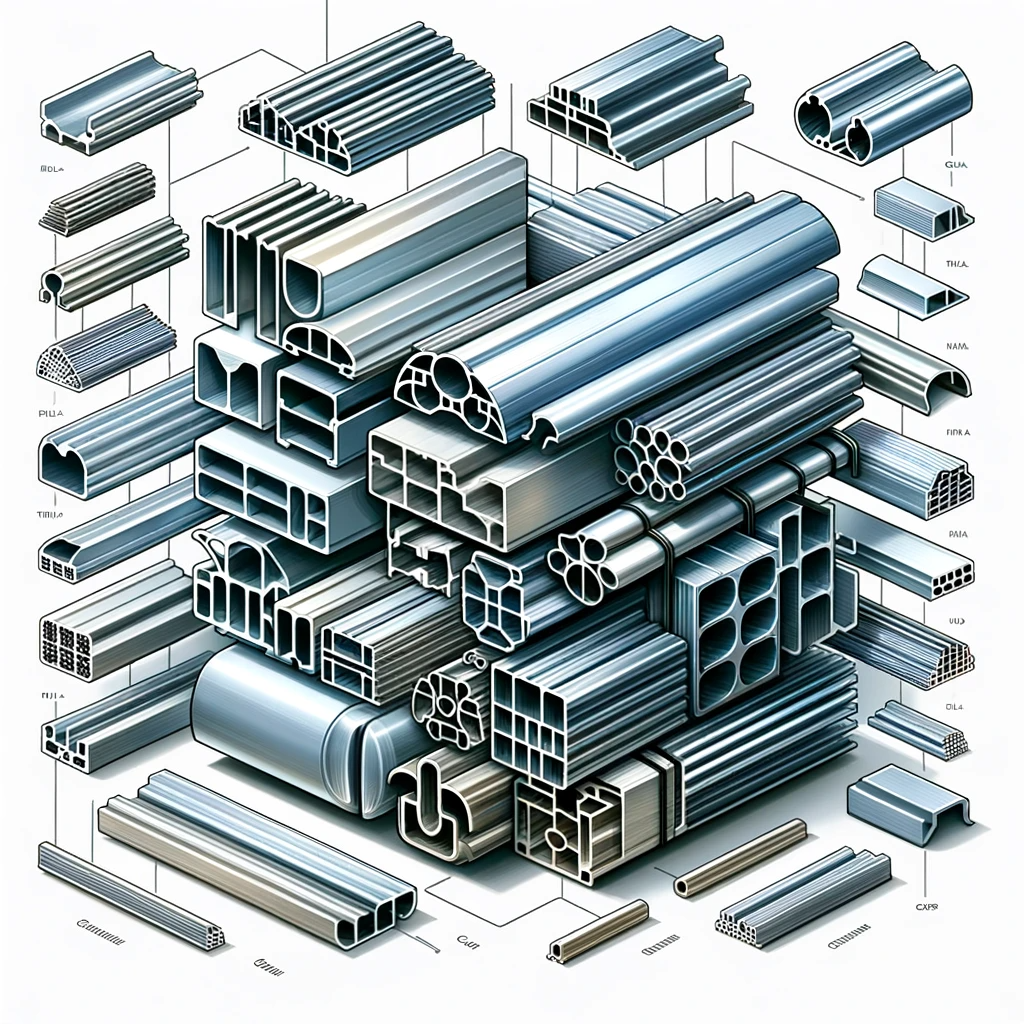
Svein Inge Nerland
Salgssjef
Navigating the World of Aluminum Profiles: A Beginner's Guide

1. The Basics of Aluminum Profiles:
Aluminum profiles are extruded shapes created by pushing aluminum billets through a shaped die. They come in various forms, from simple angles and channels to complex, custom designs.
2. Types of Aluminum Profiles:
Profiles vary in shapes and sizes. Some standard profiles include tubes, rods, bars, and channels, each serving different structural needs. Custom profiles can be manufactured, but they come with added cost and lead time.
1. Material Grade:
Different grades of aluminum offer varying levels of strength, corrosion resistance, and workability. For instance, 6061 is known for its versatility, whereas 7075 is recognized for its superior strength.
2. Dimensional Tolerances:
Understanding the dimensional tolerances is crucial for applications where precision is key. This refers to the permissible limit of variation in a physical dimension of the profile.
3. Surface Finish:
Aluminum profiles can be anodized, painted, or powder-coated for aesthetic and protective purposes. The choice of finish depends on the environment in which the profile will be used.
4. Thermal Properties:
If your application involves extreme temperatures, be aware of the thermal expansion and conductivity of aluminum.
1. Design Complexity:
More complex designs may require specialized tooling for extrusion, impacting both cost and production time.
2. Weight and Strength Requirements:
Aluminum is favored for its strength-to-weight ratio. Assess the load requirements of your project to choose the appropriate alloy and profile thickness.
3. Cost Factors:
The cost of aluminum profiles depends on the alloy used, complexity of the profile, and the finishing process. Bulk orders typically reduce overall costs.
4. Supplier Selection:
Choose a reputable supplier with a track record of quality and reliability. Consider their lead times, minimum order quantities, and ability to provide custom solutions.
Aluminum profiles offer a world of possibilities for both industrial and creative applications. By considering factors such as material grade, design, and cost, you can effectively harness the benefits of aluminum profiles for your specific needs. Remember, a well-informed approach is key to successfully integrating this versatile material into your projects.